Menu
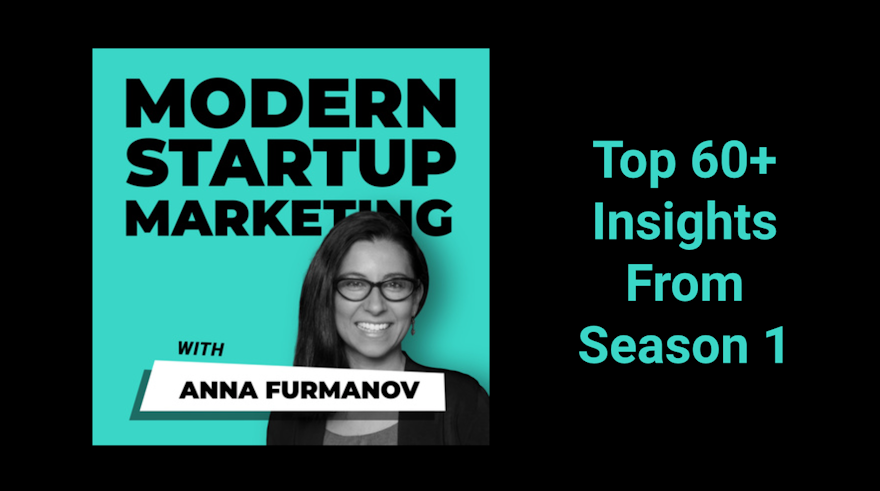
A podcast is not just episodes you listen to while walking your dog.
A podcast (when paired with a social platform like LinkedIn) is a community. The host, the guests, the listeners. Sharing. Teaching. Asking. Learning. Paving the way forward.
I can’t tell you how many times I’ve said to my prospects and customers “oh, I just had this awesome conversation on that very topic X with person Y, and we discussed how…”
That’s been my goal with the Modern Startup Marketing podcast.
To move conversations towards the modern way to do marketing.
Because startups are doing some really amazing things, and I want to uncover those things and share them with the people that care as much as I do.
We don't need to do our work in silos or in the dark.
So let’s say you don’t have time to listen to ALL the episodes. How can you still get some of that really good + juicy info from the show? I’ve had loads of gold nugget conversations with startup founders and marketing experts, so I thought “what's that one big thing from some of the guests I’ve had on the show?” OK, sometimes two or three.
Enter: Modern Startup Marketing Cliffs Notes for Season 1.
(Well, mostly Season 1.)
The material below is direct from the podcast, you’ll even find some direct quotes. Sometimes I add in my own commentary to make the point more clear. Blood, sweat and tears because I had to edit out SO much and it took a really long time. A real act of love, ya’ll. If you want to jump to the full episode at any time, I included both the APPLE and SPOTIFY links for each guest.
In no particular order, this is modern startup marketing. Let’s kick it.
At Lessonly, I introduced an agile marketing framework with 2-week sprints. The team used Trello for project management and focused on shortening the time to get specific marketing projects and campaigns out the door. For example, we overhauled our website in 6 weeks. We also had sprints around conversion rate optimization, a/b testing, for when our CEO wrote a book, and more.
Give your team the space to be creative versus proving ROI on each creative campaign, otherwise they’ll lose the creative element. For example, what other software company has launched a clothing brand on a Shopify store? We have one, and it’s not tied to Lessonly. Not many software companies do this and it gives you great talking points and differentiation.
“I have no idea whether the golden llama direct mail idea produced revenue…what is it gonna tell you? That you shouldn’t have done the golden llama campaign when a bunch of people loved it?”
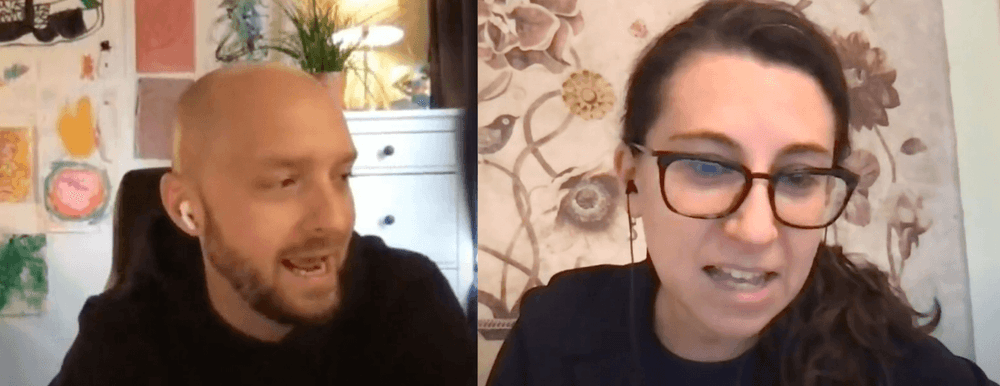
People misunderstand brand (and marketing). Brand is a promise you’re making to a specific audience. And your ability to build brand equity is a function of your ability to execute successfully on that brand promise. In order to execute on the brand promise, all aspects of the business should deliver on that promise in combination. Brands are not opportunistic / transaction-focused. They’re long-term relationships-focused.
“If you’re a transaction-minded business, I don’t know how you’re going to build a brand.”
Hire the right people at the right stage. Early stage startups should not be hiring people from larger, more established brands, even if it’s the same industry and they have experience. Because these people will know how to manage but they won’t necessarily know how to build and grow an early stage small company.
“If you want to solve a problem differently, it’s very hard to do that if you hire people that have solved that problem the same way for a long time.”
And you don’t need to hire people in the same industry.
“Does Tesla hire engineers from Ford and GM? Of course not. Because Ford and GM engineers know how to build those types of cars.”
From early stage to exit, your marketing will change 100x. Why? You’ll find out that a lot of things that you believe in are actually not true. At the same time, don’t feel like you have to make sweeping changes to your website and marketing materials every week. Do the research, lay the groundwork, and move forward with what you have (unless you’re getting repeating signals to go in a different direction).
What’s the best way to get prospects to drop the status quo and buy your product? Create a situation of “the train is leaving the station.” Make people feel like others are already doing this. This is especially challenging for early stage startups, but you only need a few solid examples to make the case.
Share useful data and share the truth even if it rubs the competition the wrong way or gets you into some fights. HYPR was a small startup that gained traction and visibility simply because they shared useful data and insights and were mentioned by more established players in the market. Thanks, more established players!
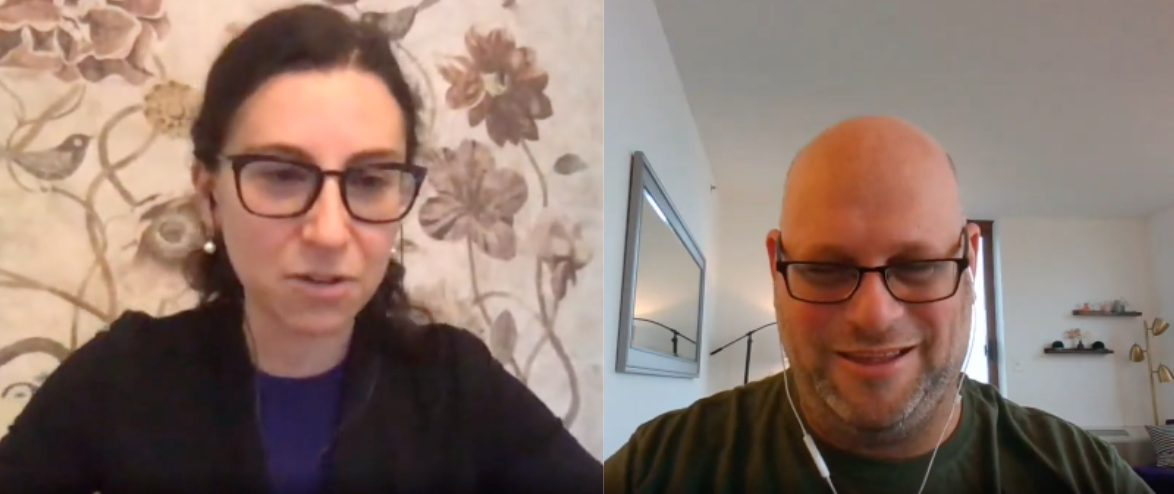
One of the ways to activate exponential growth at your startup is by making your product more of a group or shared experience and by leveraging user enthusiasm where people actively want to be advocates of the platform.
Contests helped us launch and grow INK. Find those contests that matter, apply, and then win. This helps to build trust when people come onto your website and see the awards, which impacts your conversion rate.
"Marketing is a competitive sport and marketing campaigns can be as awe-inducing as great art."
Whenever we open a new market, the CAC from paid ads is high but then over time you’ll notice these effects where people trust you more. People hear about us through other channels and then we continue to build up that trust multi-channel so that the CAC goes down over time.
People need to work hard, especially in a startup. Story is the glue that helps you get over some of those more difficult moments, so that the team follows you and sticks around and doesn’t lose the energy. It’s your task as a founder to tell stories and invest in storytelling and become a better storyteller.
Seed and Series A B2B startups tend to over-prioritize sales and under-prioritize marketing, but there’s a more effective GTM right now.
“Series A, raise $5 million, hire 12 salespeople with no marketing and no clear product traction and no messaging, and you have a lot of unproductive salespeople. And then you hire marketing next and marketing’s job is only to do low intent [lead] generation to keep your sales team busy, as opposed to creating demand in the market.”
Startup founders should do their own marketing and understand what it is and how it works and how long it takes. If they don’t understand it, they’re just guessing about who to hire.
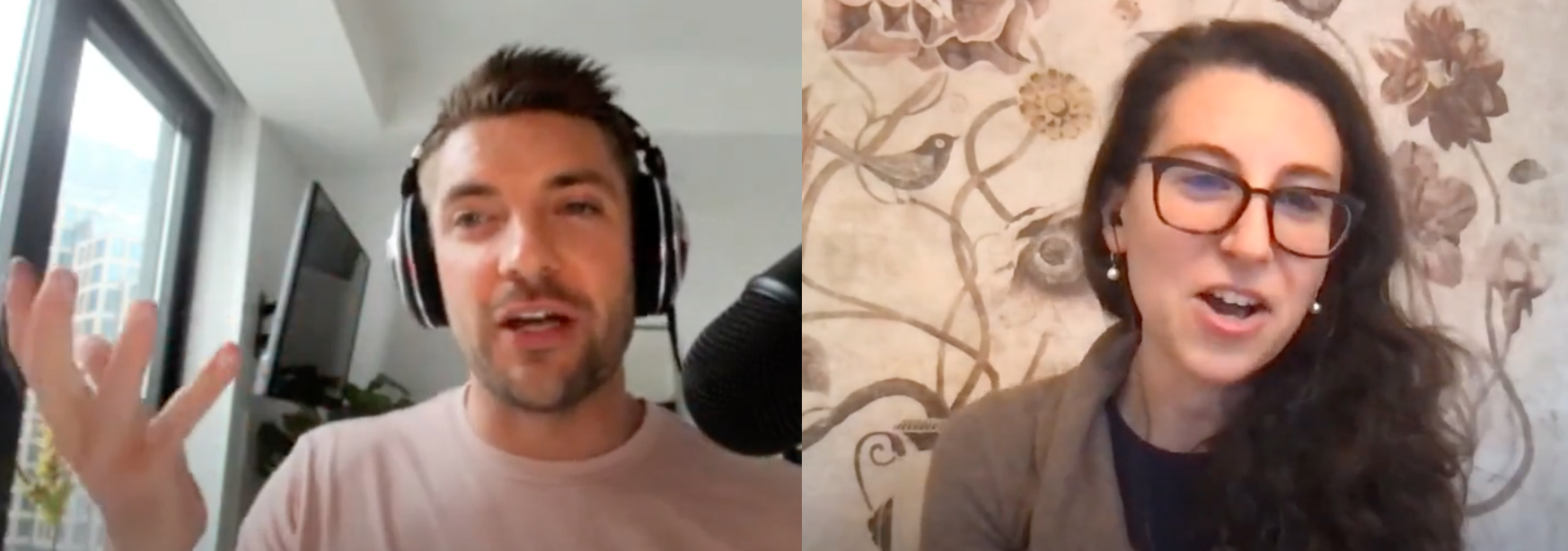
Focus on 2-3 main growth channels. This blueprint is going to help teams across the business understand things like how we should build out the marketing team, what tradeoffs we need to make, what ideas we’re going to push forward versus put on the backburner, and so on.
“We have to narrow our focus on a particular segment of the market and we have to think about where the 10X is going to lie to know where we should put our budget and our resources.”
As part of your marketing efforts, you need this team. They’re going to 1) make sure customers and users are becoming advocates and superfans of your product, referring you to more customers and users 2) help build your network across the industry with more players in the space (e.g. products you integrate with or have the potential to integrate with in the future) 3) be in and part of the community and be able to share thought leadership on the best bundle of tools to achieve specific goal(s) that matter to the customer.
Sometimes you’ve got to swim downstream (or just float) when others are swimming upstream. When the pandemic hit in 2020, instead of recreating our planned in-person events and turning them virtual, we decided to create a digital campaign called “No Travel Required” that speaks to all the things you complain about when you need to travel and now you don’t have to. The campaign included visuals and messaging around the benefits of not having to travel. We decided to engage with our customers and prospects on their time while they’re sorting out their world. The response? People loved it! Website traffic went way up, and we didn’t need to twist ourselves in knots.
Marketers tend to have big personalities. You’re not going to like each other every day. Start from a position of care, and always have each others’ backs. How do you get marketing and sales to be partners in crime (and not subservient to each other)? We created a 90-minute meeting called “The Loop” where both teams come together to give each other feedback, discuss the quality of inbound leads, what tech/tools are needed, what insights from sales will help marketing, etc.
Most people think market categories are like the weather - they just happen. The trap for many businesses is that they compete (for existing demand or existing market share) versus create (demand) and break new ground. Companies that lead with category design are valued at 5X more and get 76% of market share.
Many startups and marketers are wasting their career and their time, and that’s because they’re playing a game they can’t win. Most of what we’ve been taught about marketing and entrepreneurship is wrong. For example, the typical context for marketing is “we are going to enter a market with our product or service and compete for existing demand in that category. We won because we created a better product. We’re going to show the world why our product is better and then people should buy it.” And that doesn’t work, and that’s why people feel like they wasted their time. Instead of product/market fit, you should be striving for problem/category fit.
“Legendary entrepreneurs and marketers break and take new ground…They force a choice between the future and the past, not a comparison between features. And when they do that…they move the world. And they create, in many cases billions, and sometimes trillions of net new value as measured by market cap where none had existed before.”
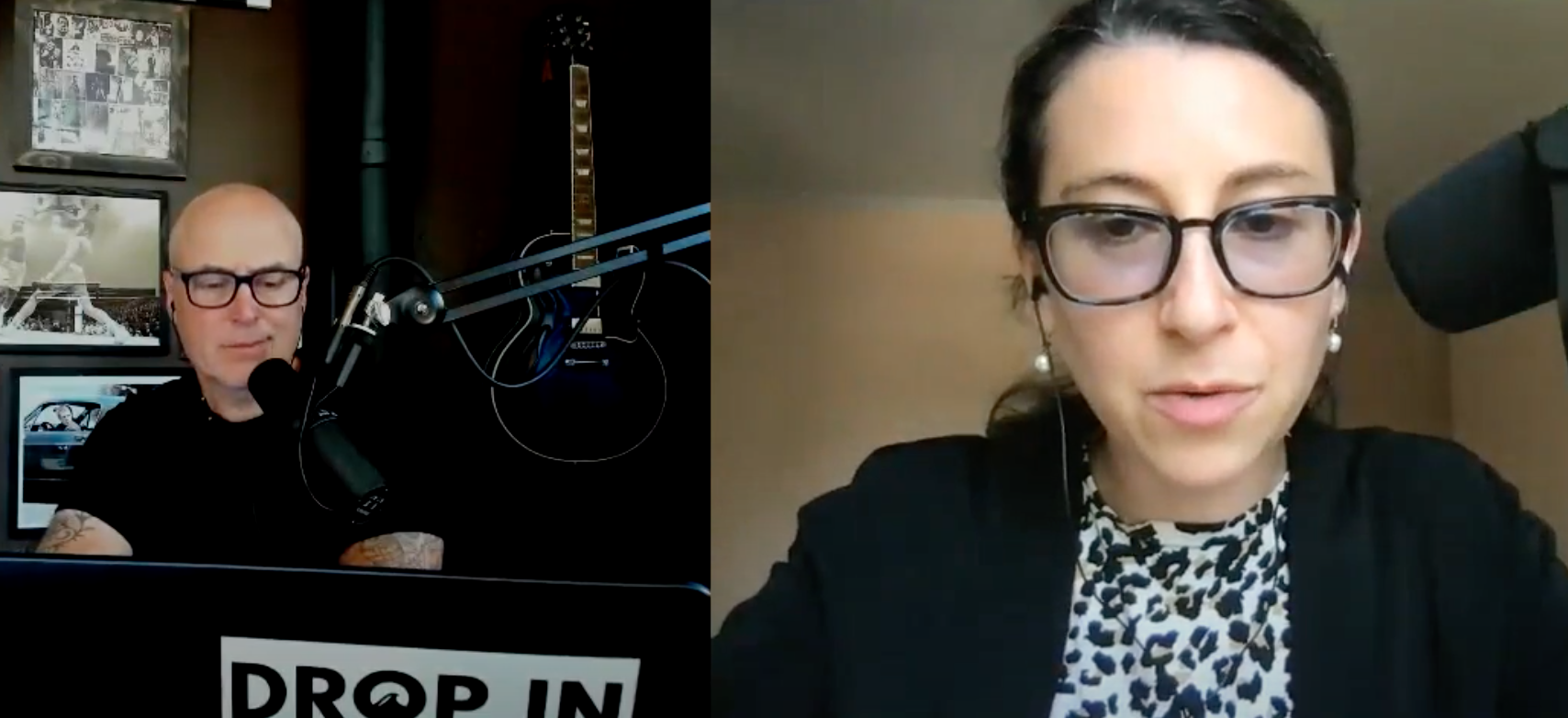
Startups don’t invest as much as they should in deep customer insights. It’s not going to happen organically, and customer understanding especially starts to erode as you scale.
“People think that having customer insight and bringing it into the organization and having it inform everything you do will just happen organically even if it’s nobody’s job and so they’re reluctant to invest in it becoming a department’s job and having a leader in charge of it who’s then going to ask for resources to make it happen.”
Using a mechanical system like PR Newswire for your PR efforts is not effective because you don’t know if your messaging is actually resonating, and you don’t know if you’ll be picked up in other publications. Think of PR as a content channel, a part of your content strategy. Focus on 1-2 target niches, create real relationships with editors of publications in those niches, and they’ll give you feedback on how to fix the messaging in order to help feature it. We started working with a niche PR agency that focuses on wind-related PR and publications. They have those specific relationships and contacts that they can introduce us to. We’re inviting eight stakeholders to a private, invite-only closed roundtable where we’ll record the whole thing and create some interesting content from that session.
A big challenge is knowing when to kill a marketing effort. Is it not working because we haven’t given it enough time, or is the execution a bit off, or is it just never going to work? This is so often a judgment call. One of the best indicators can be small data. For example, look at the comments on your posts - are they relevant, are they generating the right conversation, from the right people at the right level in the organization?
“...one or two comments from the right people at the right organization that are just spot-on is way more valuable than your best click through rate in a month.”
With sales you need to learn how to love the conversation, you need to show up to have a conversation. Ask those important questions: What’s going on in your life? What are you thinking about? What’s important to you? And you’re listening and having the discussion. Our buyers are people and just because they hold the keys to the budget doesn’t mean you need to speak to them differently.
The SDR to AE handoff process is not buyer-centric, and that’s a problem. We’re so focused on the analytics here, but what are you really measuring, and are you measuring what matters? Think about the buyer’s experience and whether it’s a good one. Train people to have solid business conversations. The result is buyers that don’t show up to meetings, don’t get back to you, etc. You’re not giving them a reason to show up so they’re going to go somewhere else where they can have a real conversation. And nobody’s measuring that.
“I’m not anti entry level sales (SDRs) but if you don’t know how to close a conversation, how do you know how to open one?”

Our #1 channel for growth has been partnerships marketing and not paid ads. This has built up our brand credibility and relationships which gives us an unfair advantage over other new entrants that may be forced to rely on paid ads for quick customer acquisition. We leveraged data to help negotiate relationships and create mutually beneficial partnerships, data that would prove out that working together would be good for both parties. We also provided marketing materials to the partner e.g. flyers, signage, banners, social posts, newsletter content, blog posts, etc. which makes it really easy for partners to promote you to their existing audience.
Made in Peerspace is our UGC, our community marketing, that builds WOM for us. We amplify what our customers are doing in the spaces they’re renting and how creative our users are. From a surprise engagement proposal to a music video to a product shoot, that generates a lot of WOM and it also makes the business feel tangible and authentic.
Our platform is used by content creators, so we need to really invest in creating good content. That includes video and social. Because we cater to the people that do that for a living, we need to be in it with them. With this pool of creators, we have so much user generated content that we can leverage across channels to speak for the Patreon solution.
Our customers want to hear from other creators (e.g. tips on how to grow your business) so we partner with them to share this valuable info firsthand.
Our goal was to visually celebrate creativity as a company that would also spread the word of what we offer. We hired some illustrator creators that made some art for us and then asked on social “What creator do you want to thank this Thanksgiving? We created an illustration to thank them.” That artwork spread across social, and that increased engagement and followers.
“We thought if we’re producing content every week…then that’s automatically going to result in more interest…you don’t need to produce content as frequently.”
Not a lot of B2B brands are on TikTok, but we’ve had some success because of TikTok influencers. It sort of happened organically from customers sharing their videos - how they use Privy and why they use Privy. These are not highly polished videos, they’re just sharing how they’re using the tool, the drag and drop editor, etc.
When the pandemic hit, everyone started shopping online. So we launched a marketplace for our customers. We created the Shop Small Ecom site with 2,500 stores, a centralized database of all of our small brands and asked “can you help to support small businesses?” 1,600 people signed up! Merchants gave us their logos, discounts, etc. and within one week we launched it. By promoting it online, we got a ton of exposure. We did it so fast that we didn’t measure revenue, but it was more about providing value to the merchants.
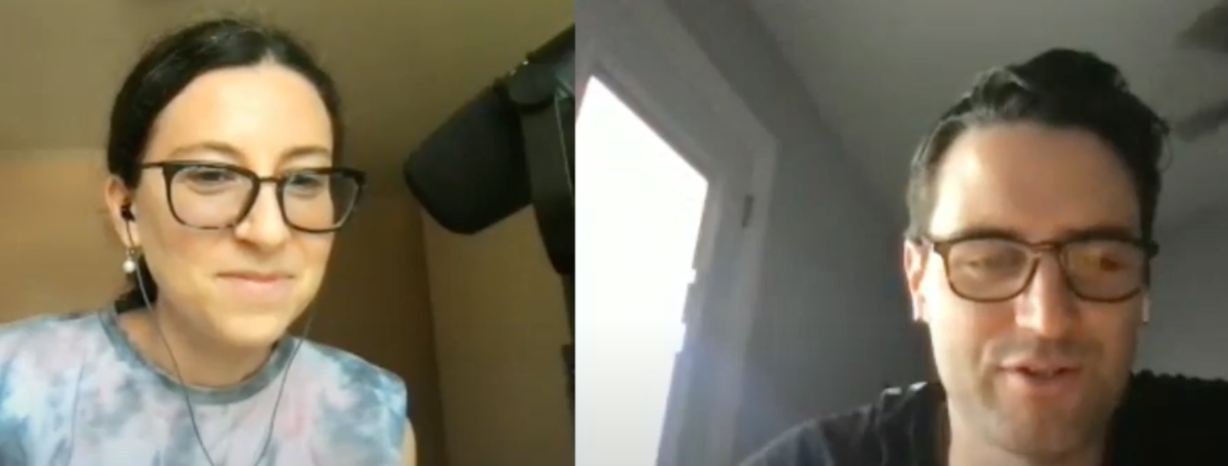
“Marketing is an expression of what you’re about…your purpose, your mission, your values…customers and merchants…want to know what you’re about…is there a broader mission here, and is it in alignment with my values.”
Our internal data became our marketing during the early days of COVID. When the pandemic hit, we knew that we wanted to deliver some sort of value instead of business as usual, so we took our internal data and made it public. trends.shipbob.com monitors which products and categories are leaving our fulfillment centers to help merchants make the right decisions for their business. carriers.shipbob.com shows how the carriers are performing now and compared to pre-COVID times.
“We took the approach of providing information instead of pushing information.”
Companies like to talk about themselves as experts, but they don’t do anything to prove that expertise. A podcast is a great way to prove your expertise plus create a content marketing flywheel.
“I believe that marketing can take all of this knowledge that a company has and project that beyond just what the product does…in a way that changes how people work.”
Why does “spray and pray” (cold outbound emails) not work? Because eventually you exhaust that list and you piss a lot of people off. Instead you should focus on building relationships, giving value over time, and qualifying these people. By the time they get to a salesperson, they already know who we are and what we do, which makes for a shorter time to close.
We use Facebook and Instagram ads - articles, research, case studies, and testimonials - that are just three minutes or less of consumable content. As a result, our salespeople are getting less leads but higher quality leads because these prospects are more educated. They want to talk to sales directly, and sales can close more easily and close bigger deals.
When I research music and music tech, I get extremely frustrated with the low-quality content. Then I think “should we be doing that?” But if it’s not valuable for the people who read it, then you’re not being sincere. It’s a difficult challenge to stay doing what you think is the right way. Remember what the goal is for you. We’re not just trying to have a good month, we’re trying to bring value to our target audience. Build something and give it to the people who need it.
There’s such a huge opportunity to reach people directly in their email inbox with valuable content, and yet many companies, large or small, skimp on this. Treat your company newsletter like one of your company’s products. The bar is SO high for an email newsletter to work. People don’t open your emails or they unsubscribe from your emails because your approach to email isn’t working.
“Can you get to know your value to your customers [from your products] and start to address some of that in your email newsletter? [Instead of using your email newsletter as a distribution vehicle]…focus on the letter part of the email newsletter, focus on that opportunity to write a letter to one person at one time and say this is what matters right now to you and here’s how we can help you.”
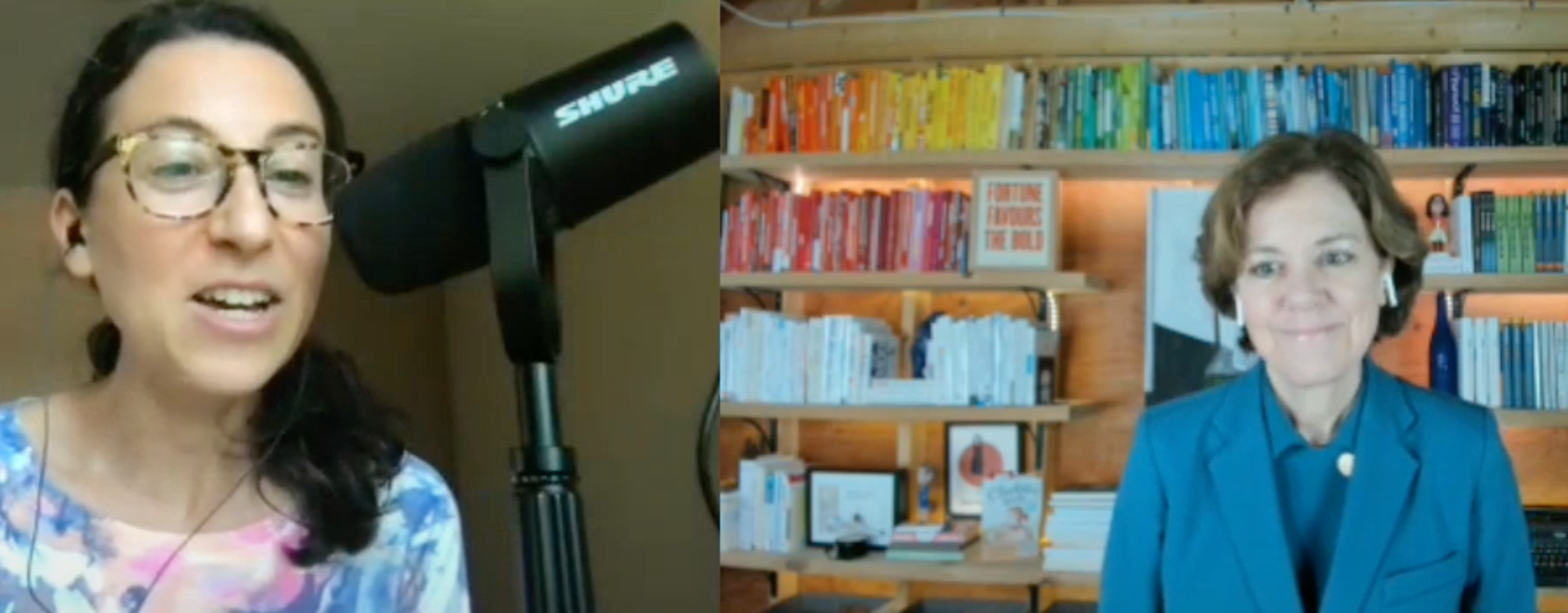
Tell a compelling story, create a narrative that explains your nebulous brand, and be consistent with what you say and where you say it.
If you’re challenged with finding your niche target audience, the way to solve this is to foster a space for them so you can attract them to you. Make good stuff that’s valuable and interesting for them - events, newsletter, blog, videos, podcast, etc.
Dreamforce was coming up, and one of our ideal customers is people (teams) that use Salesforce. So I pulled together the marketing, sales and SDR team to do a big brand activation during that conference. We rented out a restaurant right across the street, made it loud and proud with Sendoso orange, and set the goal that we were going to drive 1,000 meetings across four days (booked ahead of time). So you’re not just spending money to go to a conference, you’re investing in specific activities and building actual pipeline and revenue.
When they’re trying to break into an account, Gong would send an actual branded gong to a target company’s top sales rep. They’d send a lantern to opportunities that have gone dark and the message would say something like “is this thing still on?” A Sendoso customer in the security space would send a booklet with decoder glasses, which resonates well with that persona. These are just a few examples of different and fun ways to interact and provide value, and then the prospect just wants to talk to you.
Instead of hiring a PR agency where you might pay $15k-$20k per month, we’re investing in digital. That means investing in paid media (on Facebook and Instagram) and building out our community through events and our podcast.
Marketing drives growth at our company. Our pipeline and revenue is 90% marketing sourced. We look at leads as a leading indicator and we have definitions of what a good lead is (e.g. who converts fastest through our sales cycle). We don’t pass leads to sales unless they’re a demo request. We’re trying to get as efficient as we can with what marketing we’re running to hit our targets in order to create flexibility to experiment and try new things and continue to be fresh and creative. Sales prospects only for those larger accounts which are historically harder to get.
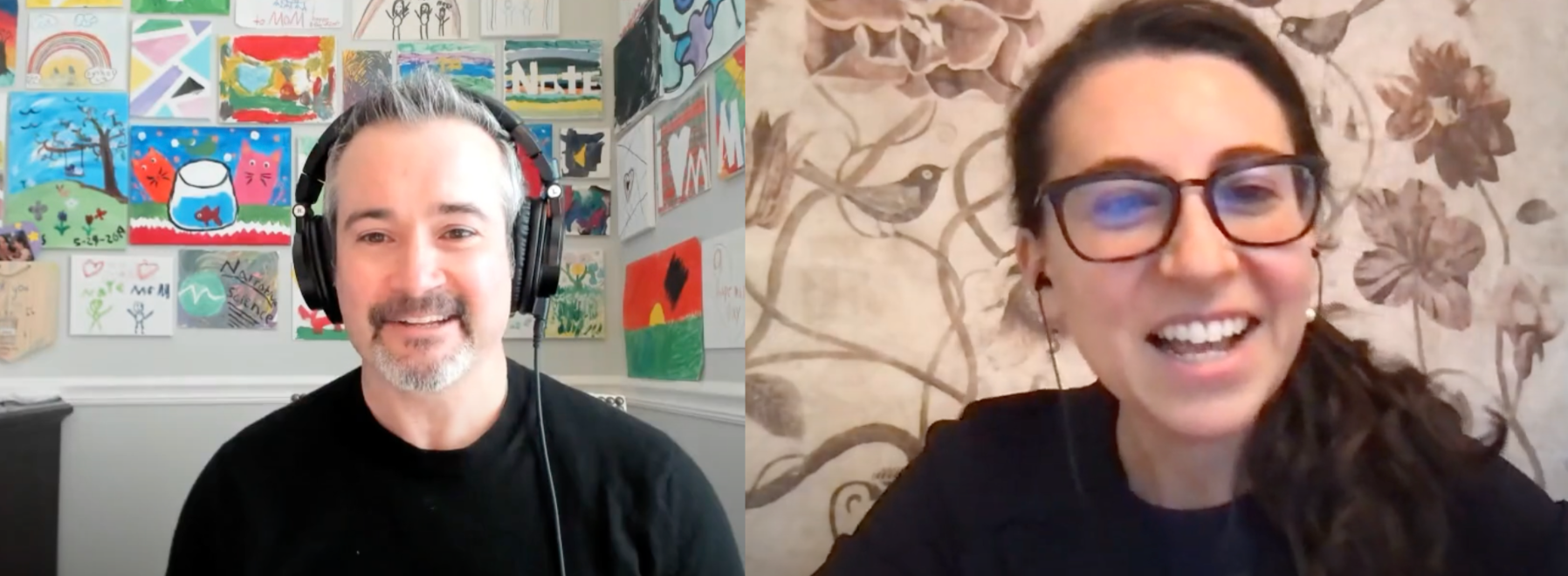
Every single morning I spend 20 minutes looking at our app metrics in a spreadsheet. The three core metrics I pay very close attention to are: 1) new customers acquired 2) CAC 3) transactions.
When I first joined Remitly, all of our creative was basically showing static flags with an exchange rate on it. Pricing is a straight race to the bottom! We didn’t show any people in our creative strategy. Our VP of Brand helped us figure out the essence of what our company and brand is about, and that’s peace of mind for our customers. That’s what they’re looking for when they’re sending money back home.
I’m attracted to highly disruptive early stage companies. If you’re highly disruptive, in order to win, you need to create a category. For example, Workvivo is not a better intranet, it’s a different paradigm. Tell a story that’s not about your tool, but rather about your belief system, how people should think about this ecosystem. This helps to build the space that you want to excel in.
SaaS companies in general are not that creative. Tech companies are not that great with marketing. Remember Mad Men's marketers and advertisers? They understand narratives and concepts and bring them to life in a way that catches you. That’s an art, and it’s not being used in SaaS. We’re missing the human aspect, with human-led problems, showing real people and trying to capture those moments that help you understand something. Yes, you can show a “92% adoption” ad, but what about the emotional stuff, like showing the mildly depressed employees in the world we live in today? Make it more emotional.
“Make me smile, and I believe that you know the problem…now I wanna know what you’re selling.”
I hire extreme owners, so I don’t really need to manage them. They all run like independent sheriffs. We meet as a team for 15 minutes each week and everyone shares something important. Outside of that, we do share stuff in Slack and in Workvivo. But I like it when they don’t ask me too much, it’s OK to make mistakes.

Alignment within your business begins with voice of the customer research and listening and learning from your customers. This is the hard work because you have to set aside all of your preconceived notions. Do you have a perception + reality gap? If yes, it’s like throwing your marketing dollars out the window.
“If you don’t have a brand strategy, you are missing the power of that alignment. Your brand strategy should be in alignment with your business strategy.”
Are your customers able to speak in your company’s words? When your customers understand your words (which start off as their words if you’re doing proper VoC research) they can more easily become your evangelists and superfans. That’s the tie-back. That’s the consistency and the proof. They need to know what to say to others as they spread the message and the love.
As a marketer or salesperson, help people hear your voice. How do you do that? Read what you write out loud. Listen if it feels awkward or fake to say it. Does it sound like you’re reading a script? Does it sound plastic and cold? Most people attract who they are, but in general people are scared to be themselves and to show their true selves. Startups are filled with people - leaders and employees. Startups are perfectly positioned to take risks and to show themselves. It’s where startups have the leg up over the bigger players that would never do that.
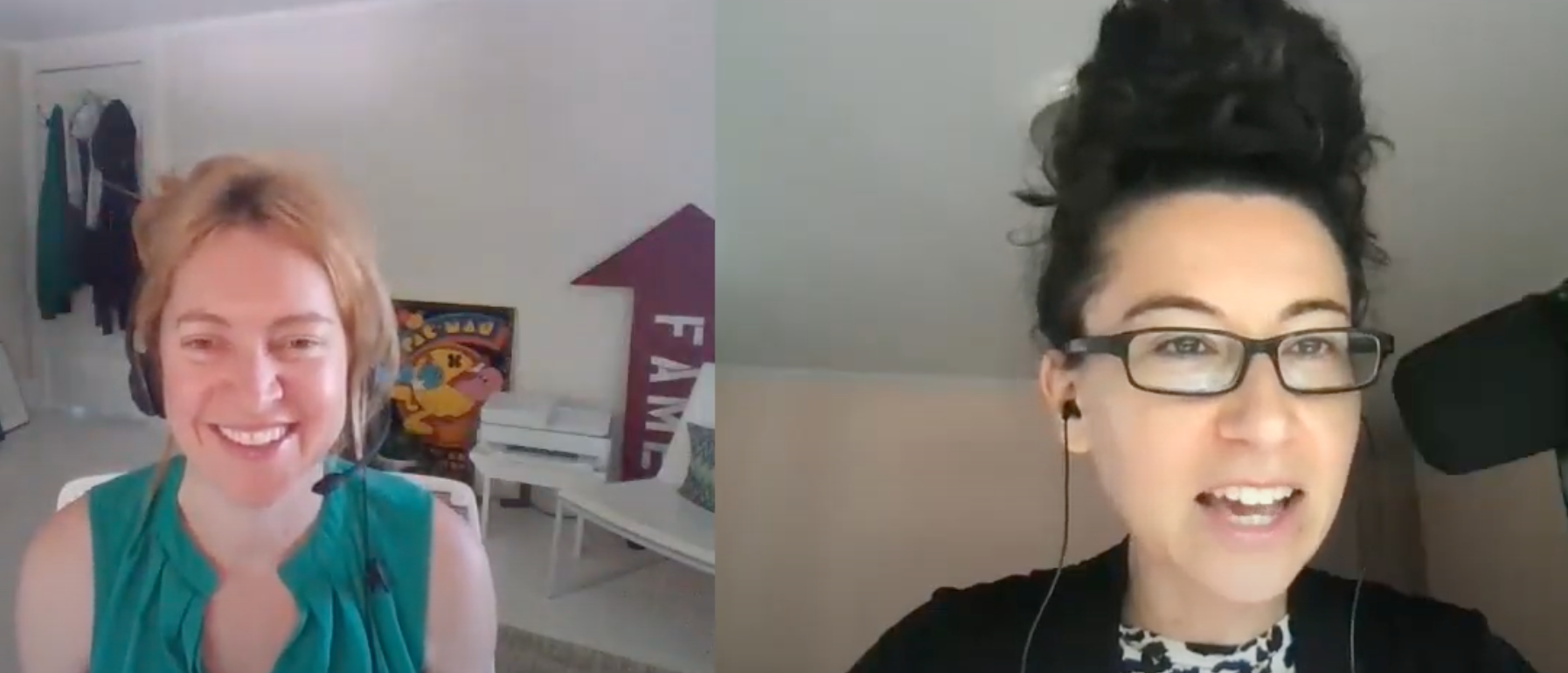
Brand and growth (performance marketing) need to merge for you to stand out from the crowd. Everyone’s on Facebook, Instagram, and Google. To differentiate, you need to be on those channels but in a brand-first, consumer-first way.
Consider influencer channels like TikTok that are new and emerging, no matter if you're a startup or a larger business. You should first understand who you’re for and what you offer them, and the next question is “how do I get in front of them but cheaper than my competition?” With new and emerging channels you can get lower CPMs. Influencer channels like TikTok, Instagram, Youtube, or a podcast also let you provide more context from a trusted source of information (the influencer). For example, with host-read podcast spots, there’s more real estate to explain who you're for and what you do, which is especially helpful for startups that haven’t built up a name yet.
A lot of tech app creative is the same. You’ve got your headline, your picture of the hand that’s holding the phone with the app, and the app store icons. Public as a brand and as part of the product experience is very human-centric, and that also runs through the creative.
“There are over a million people in the app, and some incredible people with incredible stories. And so we actually selected a few of our community members to…star in the campaign.”
These are great ads because:
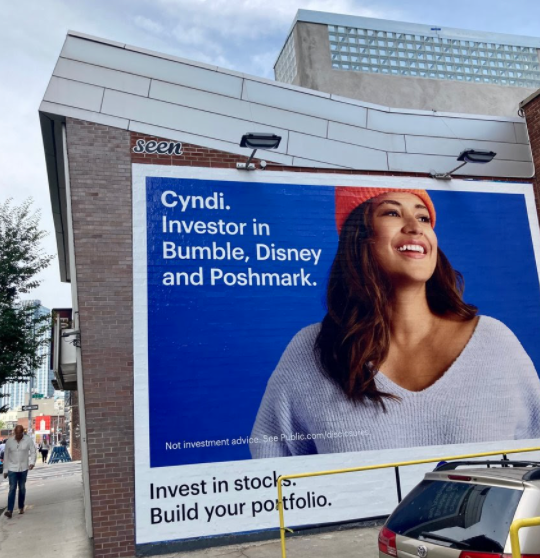
As a tribute to Airbnb’s history as the company neared its IPO, Public produced limited-edition Airbnb IPOats cereal boxes. Public’s cereal boxes, which featured a cartoon version of founder and CEO Brian Chesky, were given away to hundreds of community members. AirbnB is one of those companies that people have direct experience with, and creating a marketing campaign around them aligned well with Public’s goal of bringing investing into the mainstream. Our goal with this campaign was very simple: we want Brian Chesky to tweet about this. And he did.
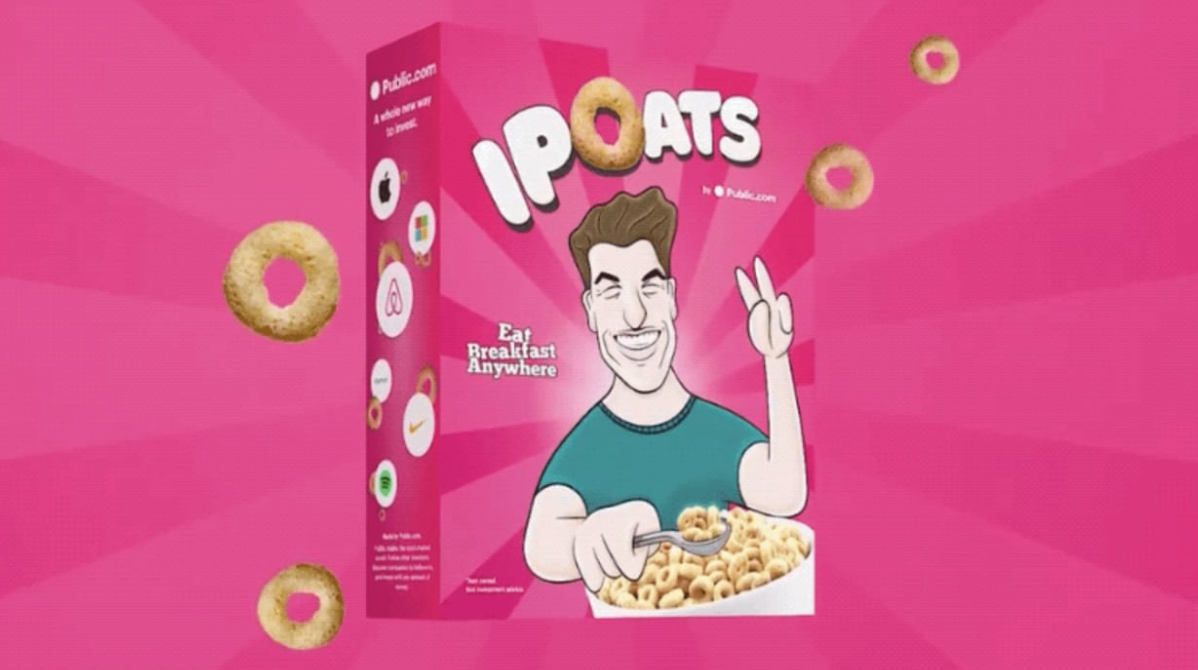
Public launched the “I don’t work on Wall Street, I invest in Public” duffle bag, cleverly referencing a NYC inside joke. As a Public user, you want to think about yourself as an investor (but not like that person that works on Wall Street!). Both the people in the inner circle love it plus the people outside the inner circle love it because it’s a clever take on a classic joke without punching down or being mean.
Build an organic flywheel from your SEO efforts, and the way to do that is 1) use narrow targeting 2) inspiring content and 3) entertaining media formats. So not just using text content for search, but using more media formats like images, video, audio, GIFs, etc. to attract people to your content.
If you want to be a non-traditional SaaS brand, think about creating a category like we’ve done at Drift with “conversational marketing” and “conversational sales” and “revenue acceleration.” Now, we’re positioned well to teach the world about these concepts and how they tie into our product. This is bigger than just our product.
Posting on social media is not about posting company updates on your company page. Posting on LinkedIn is more effective when you’re using the power of your people that are excited about your brand and they want to be more vocal. And they don’t necessarily need to have huge followings. Create content that your people will want to share (e.g. DEI, culture, beliefs, vision) that goes beyond just your product.
If you want to be more creative with your marketing, it helps to be small, fast and to make it systematic. We have a meeting called “Marketing Big Projects” and once a month I challenge my team to bring completely new ideas and concepts to that meeting. We’re not afraid of trying new things, we’re not afraid of failing. And our product team is constantly innovating which opens up a whole slew of creative opportunities for marketing.
Going viral should not be your goal - it’s a nice result of the things you’re doing. We’re not all building squatty potties.
(Anna side note: we have a squatty potty but my kids NEVER used it. #waste)
Instead of saying “we’re high-quality” startups need to show the prospect what this means, what does this look like, otherwise prospects won’t believe you. Everyone’s definition of high-quality is different. Customers will believe you since they’ve experienced your product, but not prospects. If I say “I’m artistic” I need to show you or tell you how I think about art or show you my painting. Same thing with “high-quality,” it needs to be explained qualitatively through podcasts, articles, case studies, speaking on stage, etc. in order for people to understand how we think about it.
Marketing trends are not as important as knowing who your customer is, where they spend their time, how to best communicate what you do and where to best communicate that with them. It has to be in line with what you do as a company. If your company promotes communities, you should be active in communities. If your company promotes video, then you need to be posting video content. And if you hate writing newsletters, don’t do it just because other people are.
“There are a bunch of places where we could play… for us it’s actually showing up to conferences…right now, we have a very effective strategy [around] showing up.”
Start with the leadership team in a room, led by the CEO (always). The narrative is authored by the CEO with the help of the team. Have the team talk to customers to help supplement the thinking in the room. Here are the questions you’ll need to ask them. Talk to your superfans (they’re typically the early adopters). You’re trying to figure out what is the movement that they’re already seeing.
Questions include:
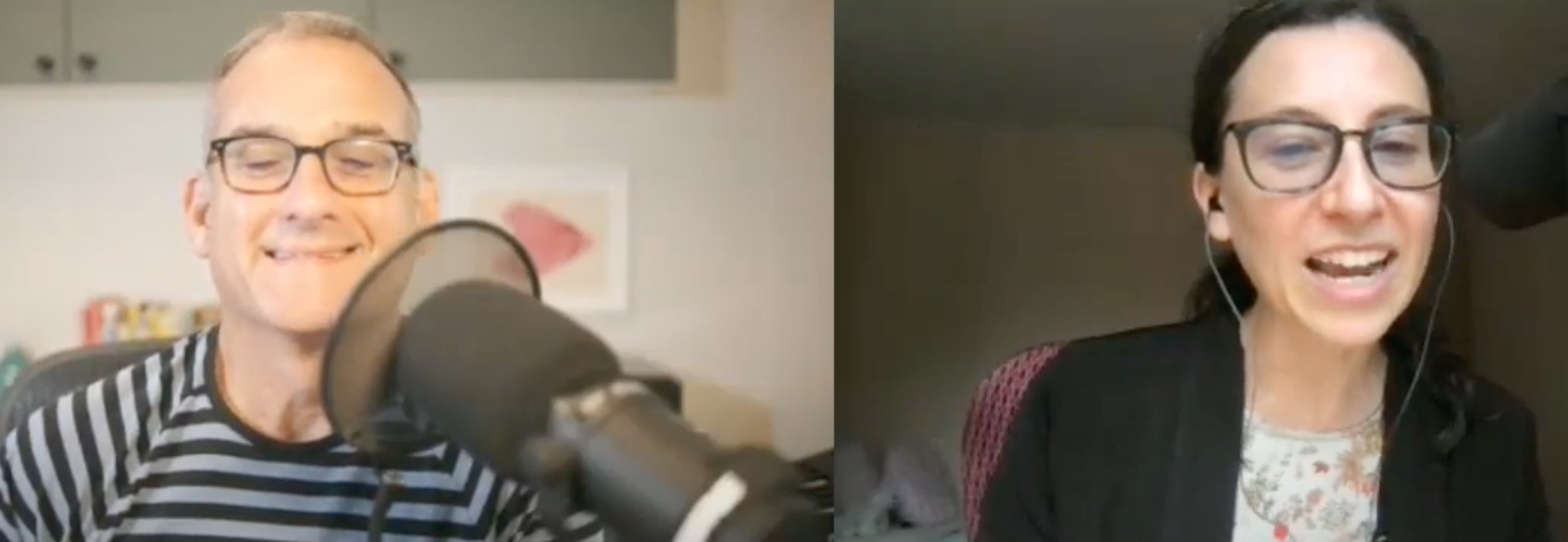
During COVID, we learned that breaking up the marketing content funnel makes us better marketers. We sell to doctors and they’re the heroes throughout the pandemic. They’ve got a lot on their mind, and meanwhile we’re asking them to download our whitepaper and then we would reach out. Does this make sense given the conditions we’re in today? Instead, we’re creating smaller, bite-sized content pieces. The buying process has changed because their businesses have been impacted. How have we adapted to help them? Some of the webinar content we launched didn’t really tie into our product e.g. “how to be the trusted resource for your patients during COVID” and that’s OK.
People under-leverage personal brands within the overarching company brand. Twitter was where we built Copy.ai in public (using personal pages) and it has been effective. Why? Because people care about the human beings inside of a company and what they’re up to. But also realize that this takes time. When you tweak something on the website, the test can take a couple of days. When you’re building an audience on social media, it takes years of heavy work.
We have user generated content (UGC) right smack on the homepage and we use it for social proof and to build trust. Including this has helped keep people on our site and has improved website conversion.
“We want people in the wild talking about Copy.ai…putting the customers at the forefront…we’re not paying them, we just found them.”
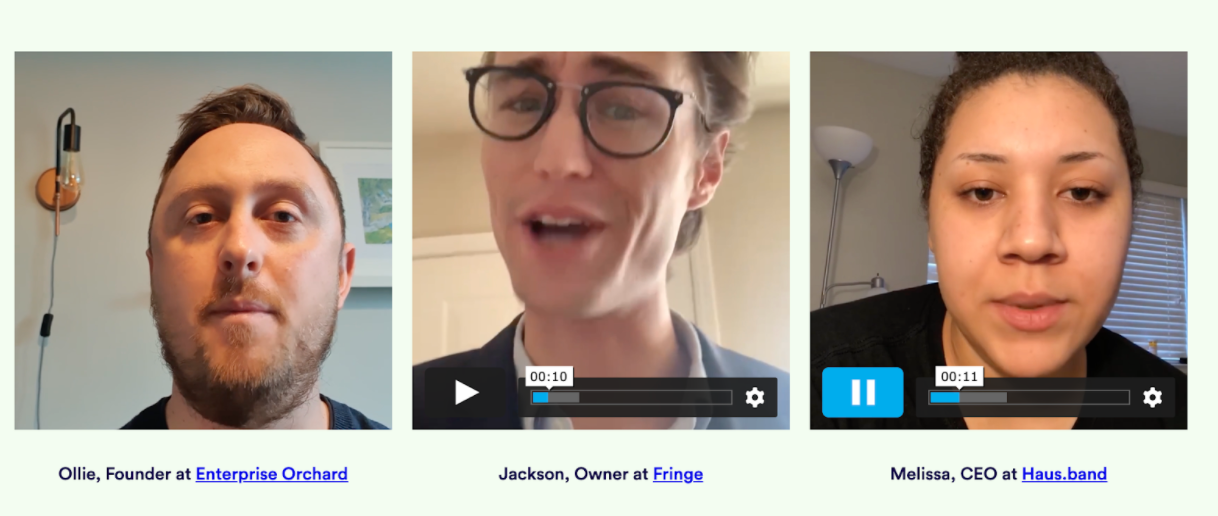
You can differentiate your company through innovation, but most of us are not super innovators. Companies like Descript and Tesla have products that are way better than others in the category. So how do the rest of us compete effectively? Brand. Your story and your message and your POV will be more effective and drive action if it goes against the grain and against the category leader.
Traditional inbound marketing or content strategy means you’re bringing people in through some content like a blog post or an e-book, then plugging them into a marketing or sales nurture. That’s very different from an inbound media strategy where you’re building an audience that trusts you over time. Timing is an important part of B2B sales, and you want the right people to be in your sphere of influence so that when it is the right time to buy, they know who to go with. ProfitWell started going into video, audio, and created a show called “Pricing Page Teardown” and that grew into seven more series. And it has paid off.
“The average number of max touches you can expect from a traditional B2B marketing/content plan…is right around 1.6 [times per week] per qualified lead. [With] media it’s in the 7’s [times per week]...Media companies are the best at gaining audience and gaining views but they’re the worst at monetization. Turns out software is pretty good at monetization, so why don’t we combine these two concepts?”
We cracked the code (right before COVID) on doing personalized dinners (we did 10 of them). What will help to make people show up? Don’t leave this as an afterthought, have a strategy for this. You want to make sure the dinner has a shtick, a theme. For example, everyone’s got a favorite book. What’s your favorite? Have a copy of the book, share it with someone that you talked with. The design of the table is Literature themed. It’s a clever way to bring it back to the company. No pitching or selling. Inevitably, people will ask you.
If people are in town for 3 days for a conference, most companies will host one dinner. Why? Host 3! We hosted a breakfast every single morning. At the SaaSTr conference, every single booth is a potential customer of ours, and every vendor gets a gift box from us. This creates conversations. Make conferences fun. Spread stuff throughout the conference floor and if they find it they win and have to come to our booth. Most people just set up their booths, but you should be asking “what are the plays we’re running to drive traffic to our booth and to our event?”
When I joined The Mom Project, I was joining a company that’s a market leader and thought leader in the space, so I was thinking how do I take the content that’s already been made (e.g. internal proprietary research and leading insights from WerkLabs) and the reporting that already exists to repurpose across channels and create demand for our offering?
“…the content really worked well because we hadn’t done it before…recognizing where the gaps are and what people are hungry for.”
My goal was to get on 100+ podcasts because I’m able to partner with others in order to share a lot of valuable information to their audience and it doesn’t actually take me a lot of work versus, for example, writing long-form content.
(Anna side note: now that’s what I call believing in a channel and going all-in)
In the early days, we had to be creative and scrappy. What worked really well for us was:
When we were testing ad creative, since you can’t predict what will actually work, we let the entire internal team come up with creative ad ideas and then let those ads compete to find the winners.
The problem with trying to close big logos when you're at an early stage startup is that it might take you 12+ months. You’re at an early stage startup, you might not even have 12 months of runway. As one of the first sales hires, you may not have the chance to go through a full sales cycle and you might get fired, or feel unsuccessful and just leave. Instead, you need to figure out if your sales process works, in less time. You need momentum and wins. Practice and work on the sales, onboarding, and messaging on your smaller customers. Define and refine your ICP. You need to get customers to use the product so you can learn what they love or hate about it. The smaller customers will break the product so that you can fix it and add new features and build something way better for your larger customers.

We had one salesperson at the time, and the CEO and I picked two channels to focus our content marketing and demand generation efforts, and only later on (once we mastered those) did we layer on more.
Not having a unique POV was our biggest mistake at Workify. We were messaging similar to our competition but the competition is bigger so of course prospects would go with them. I would have leaned in more heavily into what our customers loved about us, specifically (and that was analytics).
We target HR and hiring teams, and events have turned out to be a big driver of marketing sourced pipeline and revenue for us. That includes webinars, demo day, happy hour, Talent Talks, round tables and more.
We use the Dooly LinkedIn business page as a testing ground. For example, we might post a meme on the Dooly channel as “bonus” content on Saturday. If it does well, then we’ll promote it to our other pages, use it as an ad or another type of content.
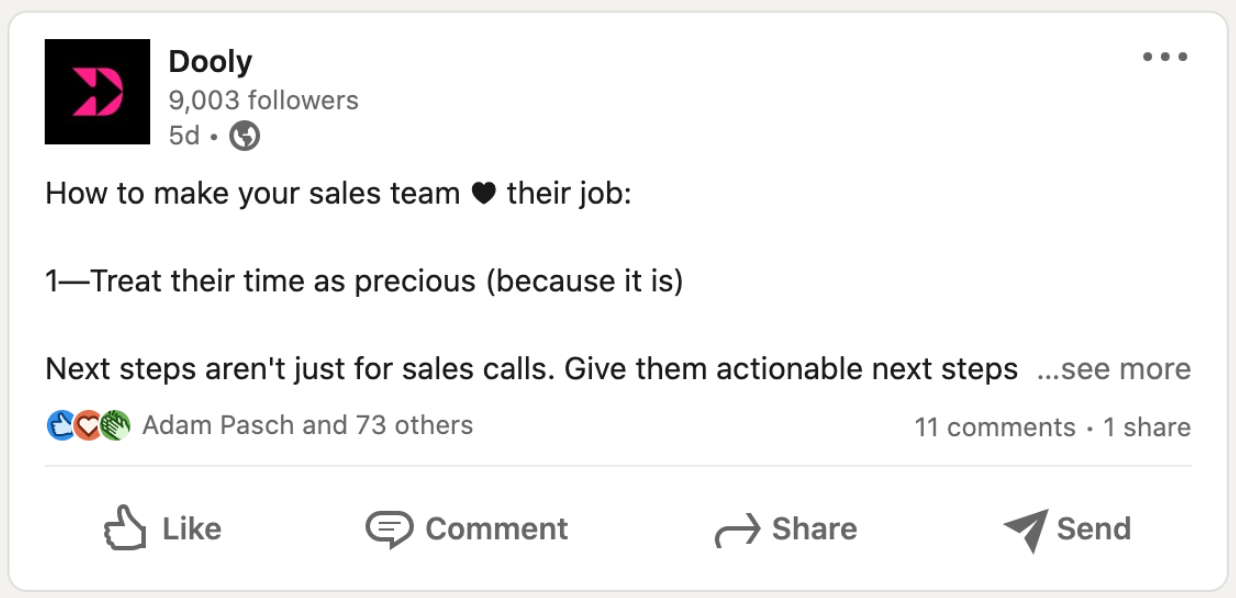
We noticed that “teardowns” were doing really well for how to teach sales copywriting, email personalization and using video in emails. A lot of that is not easily templated. So we took that idea and expanded on it with webinars where we walk through it live. Attendance was high, so we’re planning more webinars based on that.
When you do see that a piece of content hit the mark, ask why. Promote those things and amplify what works across other platforms including across paid. Create more content around that thing that worked. I’m keeping a swipe file of the sales emails I get and if I opened it and it was good, why is that? This is also great content.
It’s OK to be scrappy with your marketing and creative. We used our iPhones a lot during the pandemic to create photos and videos for Facebook. The content that performs best should nail your tone, be enjoyable and capture the human experience. One of our highest performing Facebook ads was a photo of someone’s fridge that had tomatoes in it (tomatoes don’t belong in the fridge so people went nuts).
But SEO is changing and it changes weekly. You can’t just write blog posts and expect to rank high in search in 2-3 months. Ranking in Google is hard, especially for startups. Reaching your target audience through other channels like social media can be faster. Both social media and SEO can be part of your marketing strategy. If you know that your buyer starts their journey using search, you should invest in SEO.
As head of both marketing and sales, here’s what’s effective for shortening the sales cycle:
For a product led growth (PLG) company, marketing spans the entire customer journey from the first touch point to being fully onboarded and experiencing the product’s value. Marketing is asking questions like “are there gaps in our messaging?” or “are there problems within our product experience?” and “do our ads bring people to the point of joy with our product and them becoming a paying customer?”
As an insights-focused marketer, half of your job is to answer questions (e.g. who’s our target buyer, what do they care about, how to position our offering, what are the benefits to the buyer, what messaging will resonate, etc.) and the other half of the job is to give it to people so they can go DO something with it.
Allan is the bestselling author of The 1-Page Marketing Plan where you can learn how to map out your entire marketing strategy on just one page, which makes it more useful.
There will always be different people telling you what to do with your marketing, and following different gurus is fine, but where does this fit into YOUR plan? And that will be unique for each company. Where does SEO fit? PPC? TikTok? Do you even have strong messaging that resonates with your target audience?
“I thought marketing was an event, and not a process. Meaning…I’ll do this big rebrand and everything is going to be fine after that, I don’t have to do anything. And…that was a mistake. Marketing is what you do daily, weekly, monthly and that’s what makes the biggest difference.”
Hire a marketing leader and have them outsource some of the execution for a while. As you start to raise money and get more customers, replace the outsourced functions to in-house full-time hires. This gets you going quickly and takes out the need to hire full-time and requires a bit less investment. Founders need to focus on the product more, so hire someone to own the marketing function and they can get other people to execute as needed. Your startup’s product is usually doing one thing really well in one industry. You can either hire someone with the appropriate expertise to write for you, or if you have that domain expertise as a founder or on the leadership team, you can hire someone to interview you and your customers to pull out the relevant knowledge and write about it.
Instead of quantity of content, focus on the quality of your content. That’s what will really stand out today.
“What would you write if you could only say one thing every month…what would [that] be? Start thinking about producing an article [or video or podcast] from that perspective…think of it as a limited series…think of it from that perspective, and tell me that you don’t come up with something creative.”
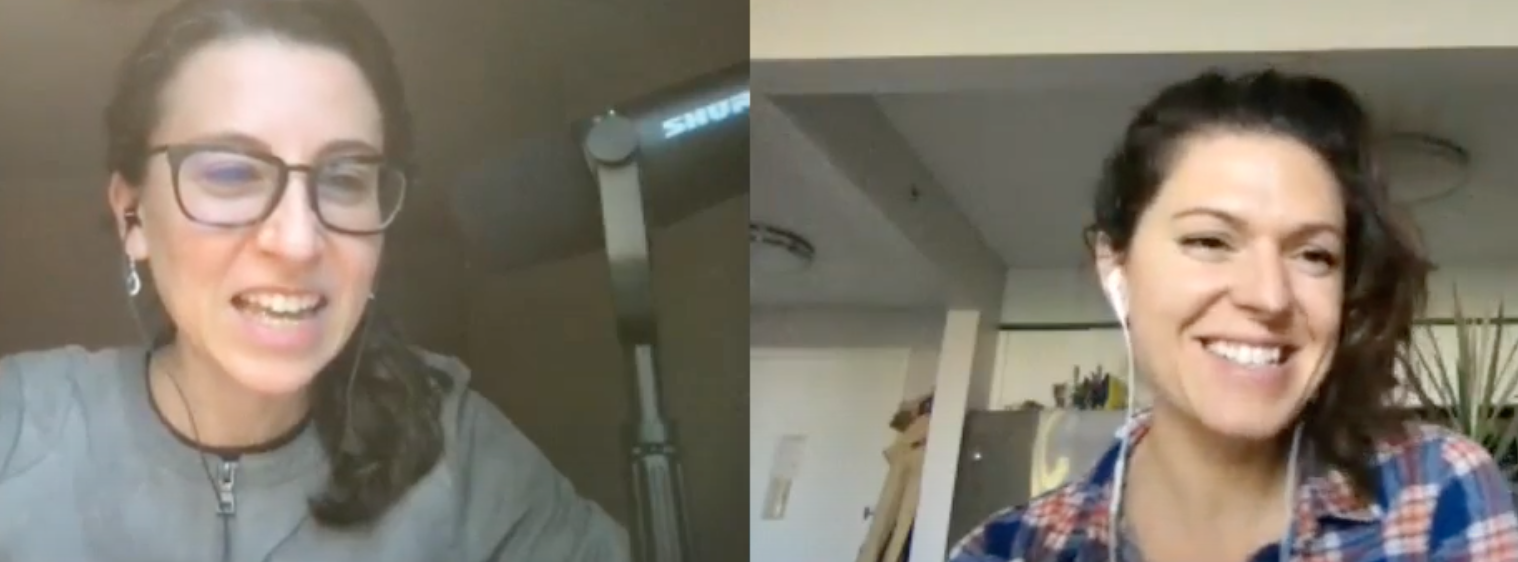
For SEO we create anchor content and also long tail content to support the anchor. Winning on the long tail keywords means you win in places related to your space that are easier or more trendy to go after. For example, a friend built this crazy spreadsheet for when Game of Thrones (GOT) was hot and we were voting for who’s going to survive, when will ppl die, etc. It totally didn’t make sense to do this in a spreadsheet, so I used Coda to build a doc with buttons and make it really easy to go in and vote episode by episode and see the charts change. I shared it with friends and published it to our gallery, and it ranked in a bunch of searches for GOT. And then people morphed that doc and brought it into the workplace for product feature voting or prioritization for product sprints.
I’ve been fortunate in my career to experience a bunch of teams and parts of the business, from product management (Accenture) to customer success (Box) to marketing, partnerships, and brand (Coda).
Here’s my leadership approach:
Back in the early days of growth, one of our top channels was Quora. We grew 4X that year. I answered questions there and we ranked in Google. Quora is great if you’re short on budget.
We grew 2X+ in 2021, partly due to the power of Twitter (organic) and building in public. Twitter generates 15% of our new business. That’s where our target audience hangs out (technical founders). People love seeing the numbers, reading the stories, experiments, learnings, our ups and downs, our failures, and people appreciate that transparency. I’m attracting other founders to our company - they cheer, they learn and they trust you more. I can ask my followers things like who do you listen to, what do you read, and I’m getting really valuable insights from my target audience.
The goal of your content marketing is to develop an ongoing conversation with the right people that eventually leads to purchase. Many marketers focus on capturing demand (quick wins), but it’s a lot more difficult yet extremely important to know how to create demand because only 3% of your target audience is ready to buy from you today. You can create demand by sharing your POV, taking a strong stance, and spreading interesting, educational, and relevant content.
Measuring your content efforts really depends on what your objectives are. Then the question is “how is your content strategy impacting your objectives?” Another way to think about it: for opportunities created, what’s driving that? For closed/won, what’s driving that?
Phew! Can't believe that was (mostly) Season 1. Thanks for reading!
✌️&❤️️
Get startup marketing playbooks and insights delivered monthly.